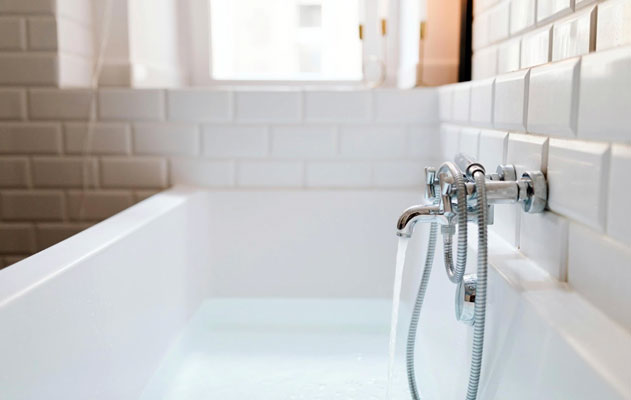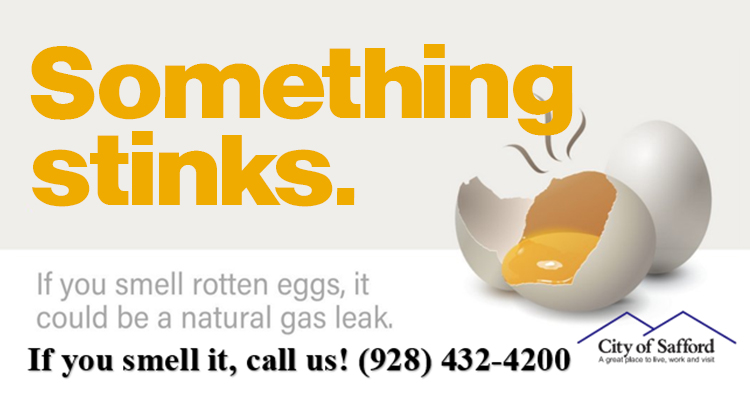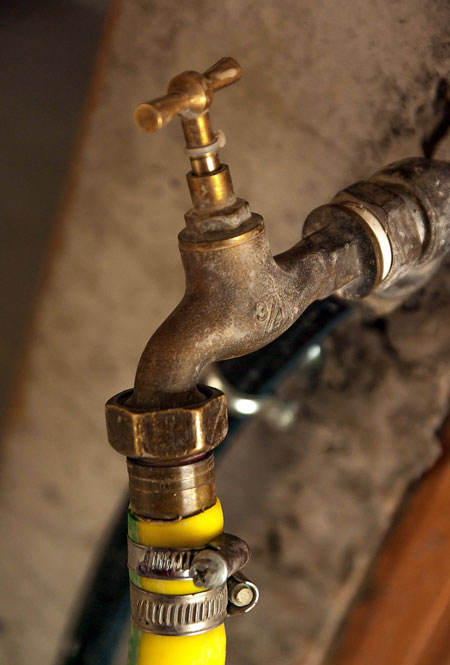Plumbing systems are the hidden lifelines of both residential and commercial properties. From hot showers and clean kitchens to sanitized public restrooms and industrial-grade waste management, these systems keep our daily routines running smoothly. When something goes wrong, the consequences range from minor inconvenience to complete operational shutdown. Understanding the most common plumbing issues can help property owners proactively address problems before they escalate.
The Cost of Ignoring Minor Leaks
One of the most underestimated plumbing issues is a slow or hidden leak. In homes, this might mean a constant drip under the kitchen sink. In businesses, it could be an unnoticed moisture problem behind restroom walls. Leaks can lead to water damage, structural deterioration, and mold growth, which can impact the building and the health of its occupants.
Routine inspections and water pressure monitoring are vital in detecting these leaks early. Whether it’s Alpha Rooter and Plumbing or another professional service, timely detection and repair can prevent more costly damage down the line. Structural damage is an often-overlooked consequence of even the smallest leaks. Water intrusion weakens wooden framing, corrodes metal components, and causes foundational shifts when it reaches lower levels or basement areas. In commercial buildings, where long-term integrity is vital for safety and occupancy compliance, ignoring minor leaks can ultimately threaten the viability of the structure itself.
Clogged Drains
Clogged drains are one of the most common plumbing issues, yet they continue to be a major source of frustration for homeowners, tenants, and business owners alike. Whether it’s a slow-draining sink in a kitchen or a completely blocked floor drain in a commercial restroom, these issues can bring daily activities to a halt and signal more serious plumbing concerns if left unaddressed.
In residential environments, clogs are typically caused by a predictable set of culprits: hair accumulating in shower drains, soap scum lining pipes, and grease or food scraps building up in kitchen drains. These materials create stubborn blockages that reduce water flow and increase the likelihood of unpleasant odors. Households with children may face challenges when toys, sanitary products, or other foreign items are flushed or washed down drains unintentionally.
In commercial properties, the problem often escalates due to higher usage and less control over what enters the plumbing system. Restaurants and cafés deal with frequent drain issues from grease buildup, food particles, and oil being washed down sinks, even when grease traps are in place. Warehouses, factories, and service stations might encounter clogs due to industrial debris, sediments, or chemicals that were not disposed of properly. In office buildings or retail environments with public restrooms, flushing inappropriate items like paper towels, wrappers, or hygiene products is a common issue.
Sewer Line Backups and Root Intrusion
Sewer line backups are among the most disruptive and costly plumbing issues a property owner can face when they go unnoticed until significant damage has occurred. These problems often originate underground, making them difficult to detect without professional equipment. Left untreated, they can escalate from minor drainage inconveniences to full-blown plumbing emergencies that pose serious health, safety, and financial risks.
One common cause of sewer line issues is root intrusion. Trees and shrubs naturally seek moisture, and their roots can infiltrate small cracks in aging sewer lines made of clay, cast iron, or other outdated materials. Once inside, the roots continue to grow, forming dense tangles that restrict or completely block wastewater flow. This process may take years to become apparent, but the damage can be extensive by the time warning signs surface.
Backups can result from the accumulation of grease, soap scum, mineral deposits, and non-flushable items like wet wipes, feminine hygiene products, or even paper towels. In commercial settings, particularly in restaurants, apartment complexes, and office buildings, these issues are compounded by higher usage volumes and more diverse plumbing behaviors. Grease traps that aren’t regularly cleaned or tenants who unknowingly flush inappropriate materials can accelerate clogs and blockages.
Faulty Water Heaters
Hot water is more than a modern convenience; it’s a fundamental necessity for health, hygiene, and comfort. When a water heater begins to fail, the consequences ripple far beyond lukewarm baths or interrupted dishwashing routines. In residential settings, it disrupts daily life. In commercial spaces, it can bring operations to a standstill, hurt customer satisfaction, and lead to revenue loss.
For businesses in particular, water heaters play an indispensable role in maintaining standards of cleanliness and compliance. Salons and barbershops need hot water for sterilizing tools and providing warm rinses. Fitness centers require reliable showers for client comfort. Restaurants depend on high temperatures to meet health code standards during food prep and dish sanitation. Medical clinics and dental offices require hot water to maintain sterile environments. In all these cases, an unexpected failure can force a temporary shutdown and affect the business’s reputation.
There are several common causes behind water heater malfunctions. One of the most frequent is sediment buildup in areas with hard water. Minerals settle at the bottom of the tank, reducing heating efficiency, increasing energy consumption, and leading to premature wear. This can cause loud popping or rumbling noises, slow heating cycles, or complete failure if not addressed.
Pipe Bursts and Freezing
In colder climates, frozen pipes are one of the most destructive and expensive plumbing issues a property owner can face. The danger lies in a simple but powerful scientific principle: when water freezes, it expands. If that water is trapped inside a pipe, the expanding ice creates immense internal pressure. Eventually, the pipe gives way, often bursting at its weakest point and causing significant water damage within minutes of thawing.
What makes frozen pipes problematic is their ability to strike quietly. Many vulnerable pipes are hidden behind walls, in basements, crawl spaces, attics, or exterior-facing utility areas. When these spaces aren’t properly insulated, they can become susceptible to rapid temperature drops overnight or during sudden cold snaps. Often, property owners don’t even realize there’s a problem until the pipe has already burst and water begins pouring into the structure.
The consequences of a pipe burst are far-reaching. In residential settings, it can ruin floors, drywall, furniture, and personal belongings. In commercial environments, the damage can be even more severe, causing equipment failures, computer outages, inventory loss, and business interruption. For restaurants, offices, retail locations, or healthcare facilities, a burst pipe can lead to days or weeks of downtime and potentially expensive insurance claims.
Low Water Pressure
Low water pressure might seem like a minor inconvenience at first, but it’s often a red flag for deeper issues within a plumbing system. It’s the kind of problem that creeps in slowly, maybe your shower takes longer to rinse off, or your dishwasher runs inefficiently, and before long, it starts to affect comfort, convenience, and even operational capabilities. While it’s tempting to ignore low pressure or attribute it to “old pipes,” doing so can lead to bigger problems down the line.
In residential settings, low pressure can hinder everyday tasks like bathing, cooking, or watering the garden. Toilets may refill slowly, faucets might deliver inconsistent streams, and appliances such as washing machines may take longer to cycle through. For commercial environments, the stakes are even higher. Businesses like restaurants, hotels, car washes, dental offices, and medical facilities depend on reliable, pressurized water delivery to meet customer expectations, comply with sanitation standards, and perform core services. When the water flow is compromised, so is the quality of the experience, and in some industries, so is the ability to remain operational.
The root causes of low water pressure vary. Internal pipe corrosion is a common culprit in older buildings, where decades of mineral buildup or rust can narrow passageways and restrict flow. Leaks, whether hidden inside walls or under foundations, waste water, and reduce pressure throughout the system. Blockages caused by sediment, debris, or invasive tree roots can choke pipes and lead to erratic flow. The issue stems from the external municipal water supply, particularly in areas undergoing infrastructure upgrades or drought-driven rationing.
Aging Infrastructure and Outdated Materials
One of the most persistent challenges facing property owners, those managing older homes, apartment complexes, or commercial buildings, is the aging of internal plumbing systems. Many properties built before the 1990s still contain materials that are now known to be problematic, including galvanized steel, polybutylene, and even cast iron in some cases. These materials, while once considered standard, have proven to be prone to corrosion, brittleness, scaling, and eventual failure.
Galvanized steel pipes, for instance, were commonly used in residential plumbing until the 1960s. Although strong, they corrode from the inside out, reducing water pressure and increasing the risk of leaks and rust contamination. Similarly, polybutylene pipes, popular from the 1970s through the mid-1990s due to their low cost and flexibility, have shown a tendency to degrade when exposed to chlorine and other common water treatment chemicals. These failures can lead to significant water damage and costly repairs, often with little warning.
Plumbing in High-Usage Facilities
Large-scale facilities such as hotels, schools, hospitals, and industrial plants face a unique set of plumbing challenges due to the sheer volume of daily usage. Unlike residential settings where plumbing systems may experience occasional surges in demand, these high-traffic environments endure continuous stress. Toilets, faucets, commercial dishwashers, laundry equipment, and industrial drains are all in near-constant operation, often serving hundreds or even thousands of users daily.
This constant usage accelerates wear and tear. Gaskets wear down faster, seals fail, sediment builds up more rapidly in pipes, and water pressure fluctuations become more common. Even minor inefficiencies or slow-draining sinks can disrupt operations or lead to user complaints. In hotels, a guest room with a faulty shower or toilet can quickly lead to negative reviews and lost revenue. In schools and universities, malfunctioning restrooms can result in health code violations or logistical challenges for staff and students.
Preventive maintenance is therefore not a luxury; it’s an operational necessity. Scheduled plumbing system checks help identify potential issues before they escalate into costly repairs or full-blown emergencies. Maintenance programs typically include valve testing, water heater flushes, backflow prevention checks, pipe inspections, pressure regulation assessments, and fixture calibrations to ensure proper performance.
Preventing Water Waste
Water conservation isn’t just an environmental goal; it’s a practical financial strategy that benefits both homeowners and business operators alike. While environmental responsibility is an increasingly important priority, minimizing water waste translates into direct savings on utility bills and reduced strain on plumbing infrastructure.
Even small issues like a leaky faucet or a toilet that runs continuously can quietly waste thousands of gallons of water each year. In large residential buildings or commercial facilities, the cumulative impact is staggering. Water bills can skyrocket in municipalities where rates are tiered or where drought-related surcharges apply. For businesses managing multiple restrooms or kitchens, failing to address inefficient plumbing can result in tens of thousands of dollars lost annually.
Modern plumbing solutions are designed to help curb water waste without sacrificing functionality or user comfort. Upgrading to low-flow fixtures, such as aerated faucets, dual-flush toilets, and high-efficiency showerheads, can significantly cut down on usage without compromising performance. In commercial settings, motion-sensor faucets and touchless flushing systems improve hygiene and prevent taps and toilets from being left on or misused.
Choosing the Right Plumbing Partner
Responding to plumbing emergencies is only part of the equation. Long-term reliability depends on partnering with experienced, licensed professionals who understand the unique demands of both residential and commercial environments. The right plumbing provider isn’t just someone who shows up when a pipe bursts; they’re a strategic partner who helps you prevent problems before they start.
Look for plumbers who offer comprehensive services, including 24/7 emergency support, preventative maintenance contracts, system inspections, and access to modern diagnostic tools like camera inspections and pressure testing. These services demonstrate a commitment to proactive care, not just reactive fixes. Companies that use digital reporting tools can provide detailed service records, status updates, and documentation that’s important for facility managers and business owners tracking multiple properties or maintenance schedules.
Clear communication is another critical factor. The best plumbing professionals take the time to explain the issue, walk through potential solutions, and offer transparent pricing upfront. You should never feel in the dark about what work is being done or why it’s necessary. Trustworthy providers will answer your questions, discuss long-term solutions rather than quick patches, and respect your time and property.
Plumbing issues are inevitable, but being unprepared is not. By recognizing the signs of trouble early, investing in routine maintenance, and working with skilled professionals, homeowners and business operators can prevent small problems from turning into costly disasters. The key lies in awareness, action, and alignment with the right partners.










